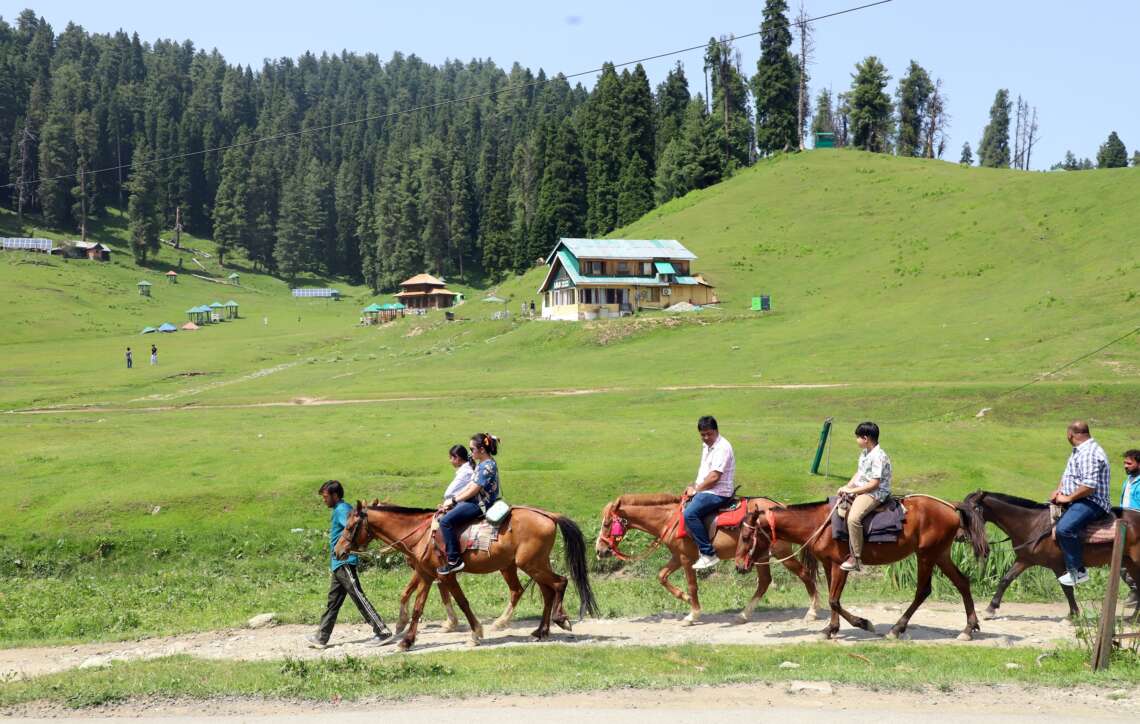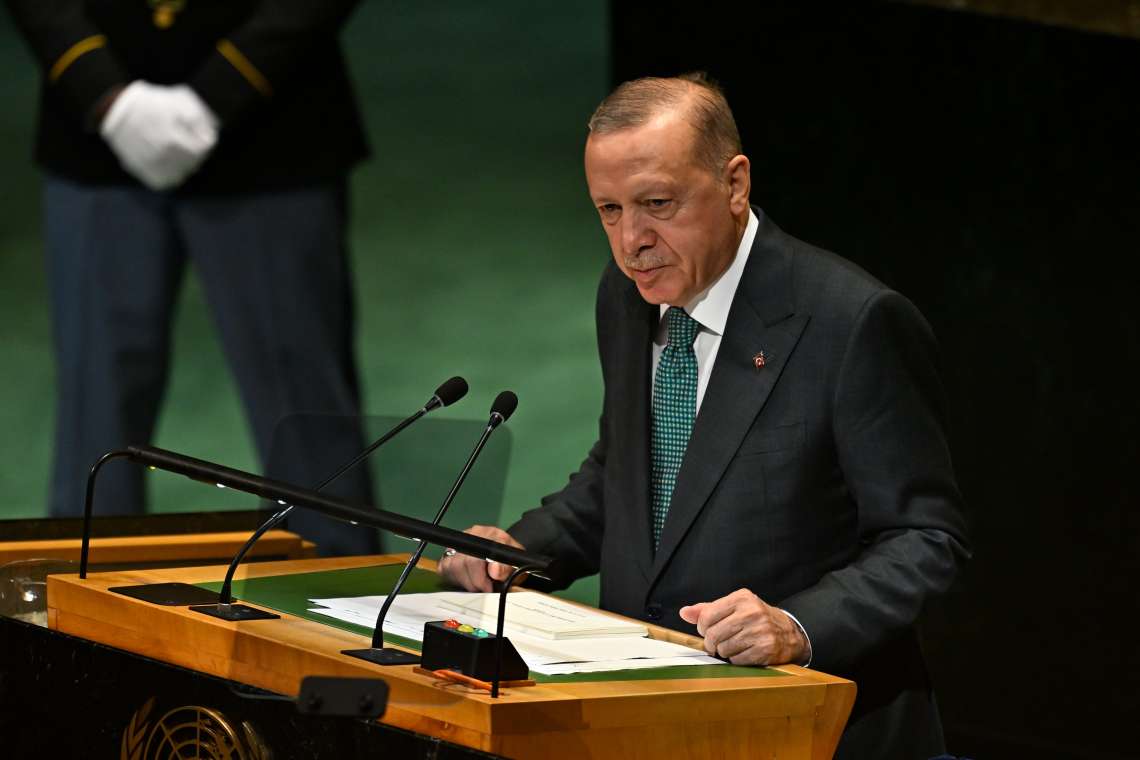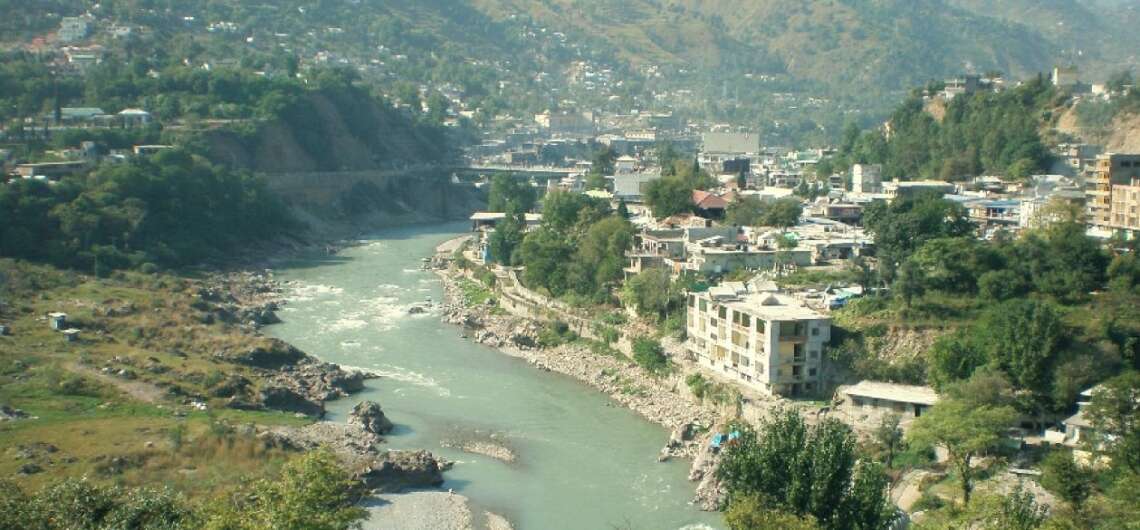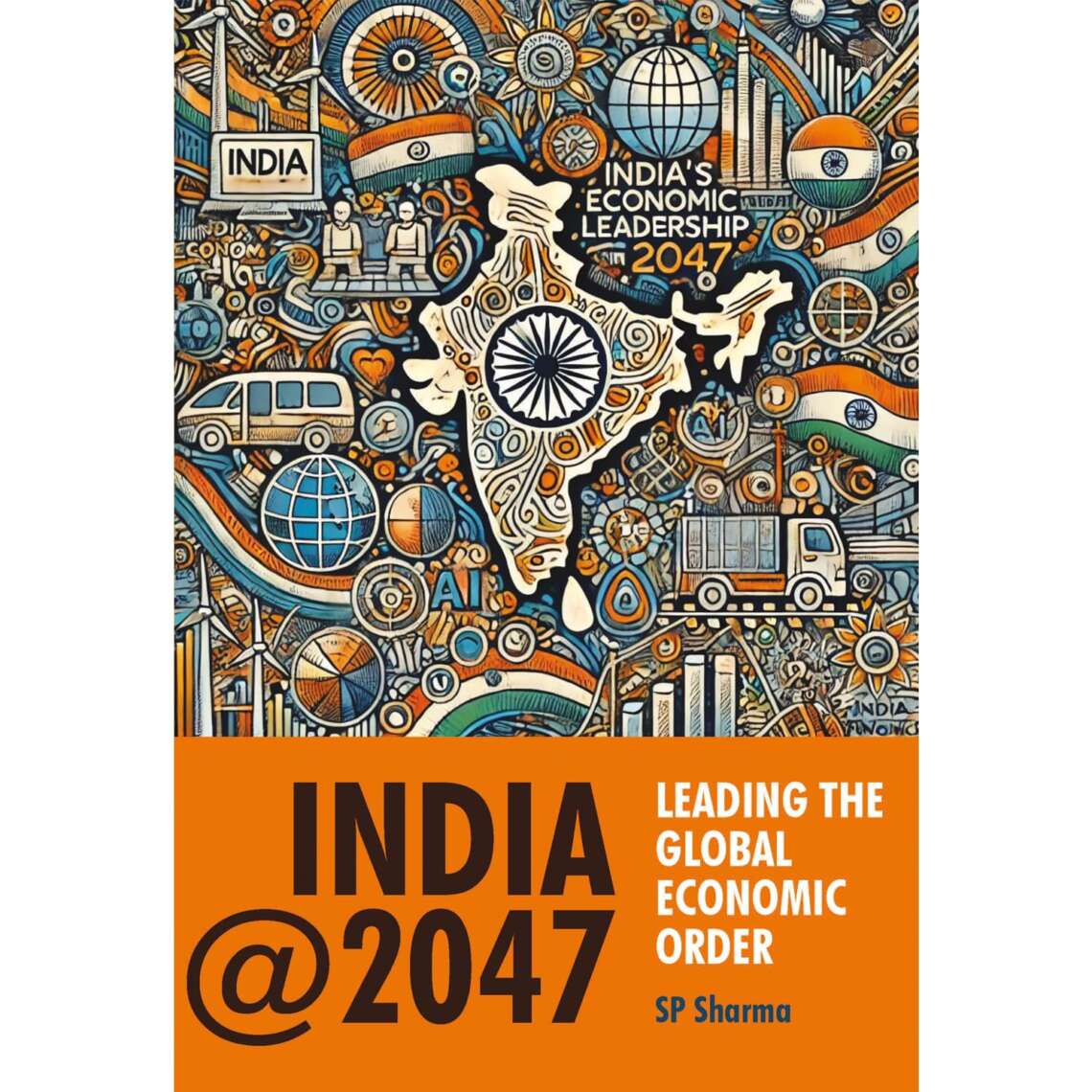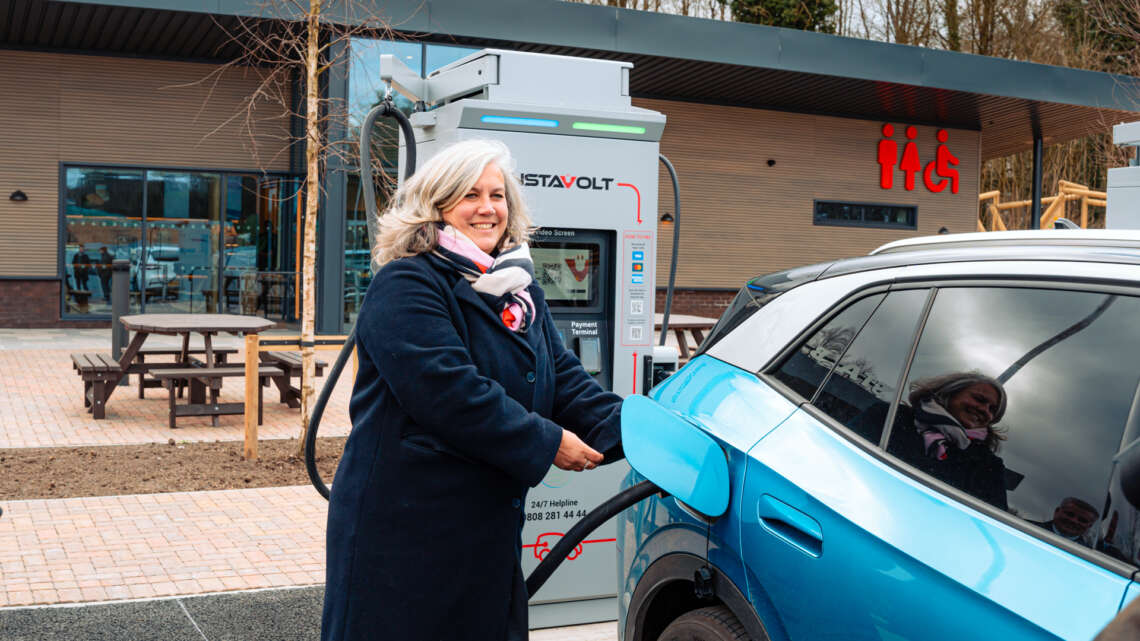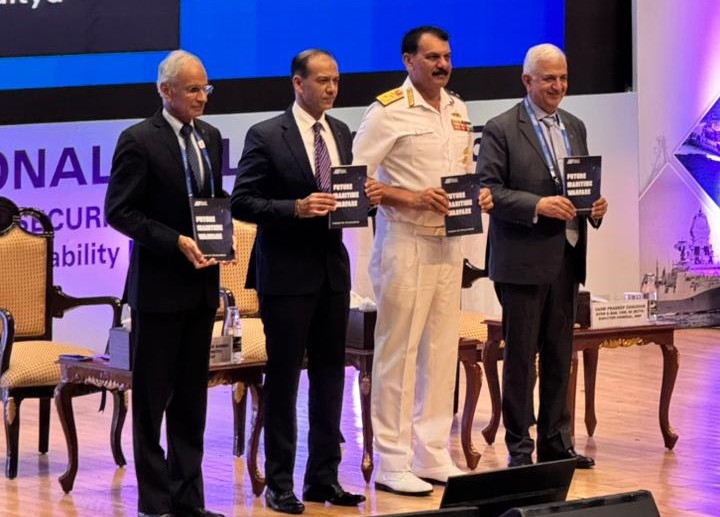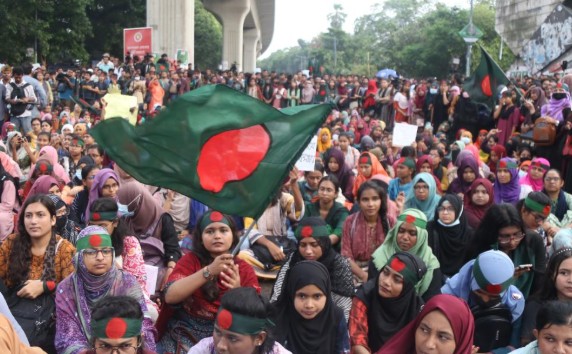The region’s potential as a vibrant economic hub of South Asia becomes increasingly evident, offering valuable lessons and opportunities for broader regional collaboration, writes Lieutenant General Dushyant Singh (Retd)

Since 2019, Jammu and Kashmir (J&K) has entered a decisive new phase marked by substantial economic and social developments. Focused infrastructure, healthcare, education, tourism, and entrepreneurship initiatives have begun to reshape the region’s economic landscape, positively impacting millions of residents regardless of their political or cultural affiliations.
Building Connectivity for Prosperity
Central to Jammu and Kashmir’s recent transformation is an ambitious infrastructure boom. Over 1,000 road and bridge projects, valued at approximately ₹4,550 crore, have improved connectivity, significantly reducing travel time and providing all-weather routes. The ₹42,500 crore Udhampur-Srinagar-Baramulla Rail Link, featuring the world’s highest rail bridge over the Chenab River, exemplifies how strategic infrastructure can integrate remote regions, facilitate trade, and generate employment.
Airports at Jammu and Srinagar have been upgraded, increasing direct flights and benefiting both trade and tourism. Over 21,400 km of rural roads now connect more than 2,100 remote habitations, bringing isolated communities into the mainstream of the economy.
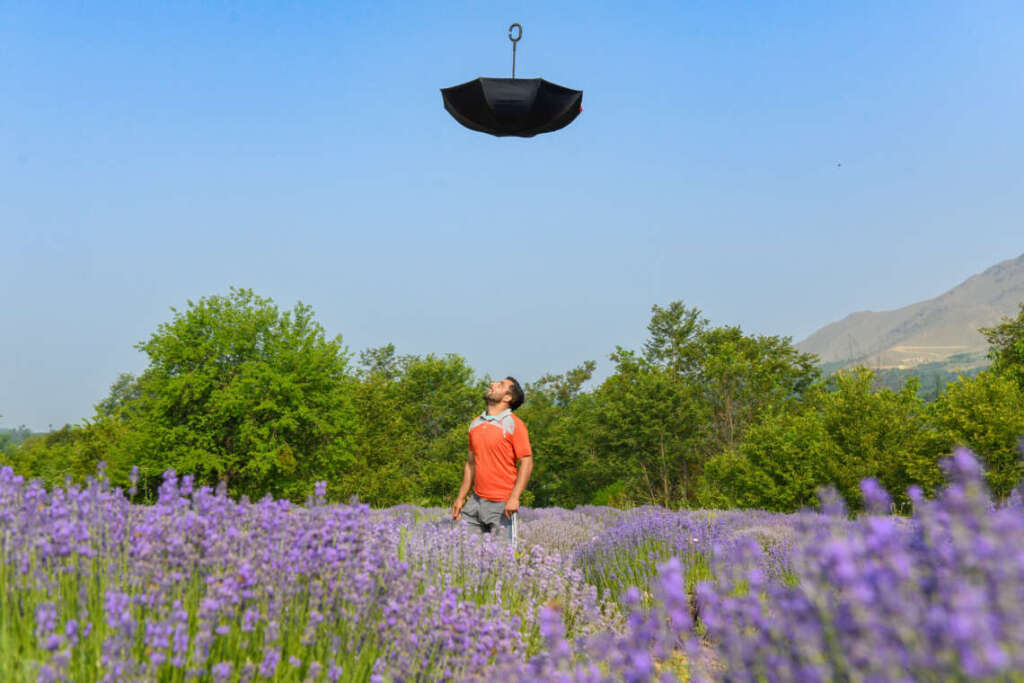
A Resilient and Growing Economy
Investment inflows into Jammu and Kashmir have seen a noteworthy rise, exceeding ₹10,500 crore across critical sectors such as tourism, manufacturing, healthcare, and agriculture. This economic revitalisation has translated into enhanced employment opportunities, with local industries like horticulture and handicrafts experiencing significant growth.
Notably, horticulture—particularly apples and saffron—has become a growth driver, supported by a ₹5,013 crore Holistic Agriculture Development Plan. The handicrafts sector, a key economic pillar for local artisans, has also witnessed a resurgence in exports, ensuring sustained livelihoods and cultural preservation.
A New Dawn for Healthcare
The establishment of two new All India Institutes of Medical Sciences (AIIMS) in Jammu and Awantipora, alongside seven district-level medical colleges, is revolutionising healthcare in the region. With over 3,100 new Health and Wellness Centres operational, healthcare has become significantly more accessible, particularly for rural and underserved populations.
Public health initiatives such as Ayushman Bharat now provide healthcare coverage to over four million residents, reducing their financial vulnerability. Moreover, substantial expansion in medical education, including an increase from 500 to 1,300 MBBS seats, is gradually addressing the historical shortage of medical professionals.
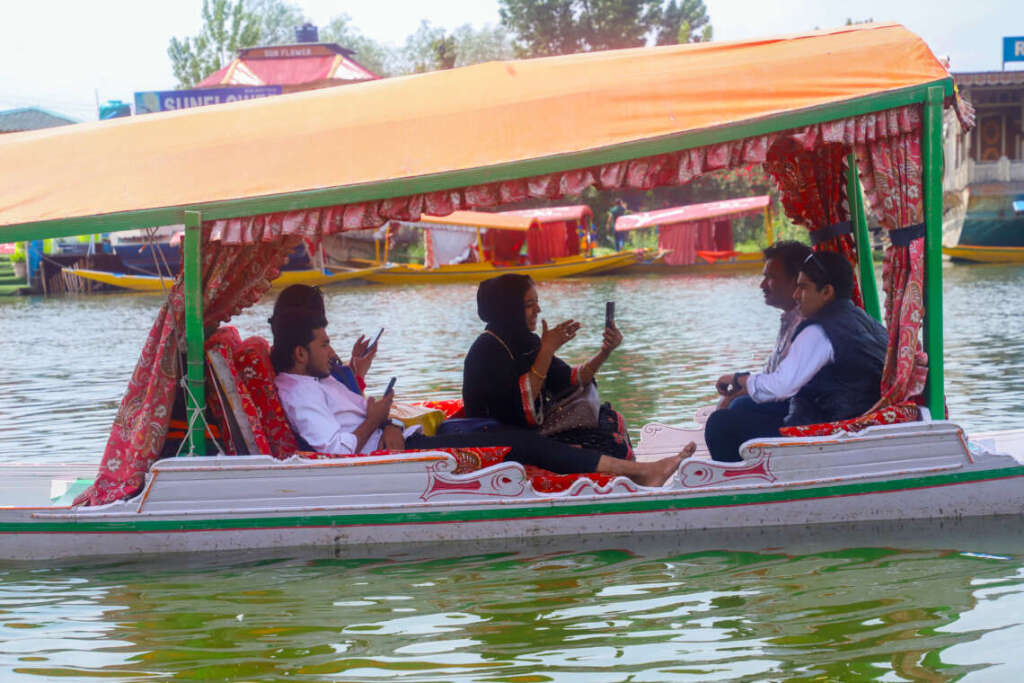
Empowering the Next Generation through Education
Educational initiatives have significantly improved access and quality in Jammu and Kashmir. Over 50 new degree colleges have been established since 2019, helping to expand higher education opportunities. Programs such as “College on Wheels” and vocational training schemes have modernised education, equipping Kashmiri youth with skills needed in a dynamic job market.
Institutions like the Jammu & Kashmir Entrepreneurship Development Institute (JKEDI) and Jammu University’s Skill, Incubation, Innovation, and Entrepreneurship Development Centre (SIIEDC) have nurtured entrepreneurship, supporting young people’s dreams and ambitions, which has led to a notable rise in youth-led start-ups and innovation-driven ventures.
Tourism Revival—A Gateway to Economic Opportunity
Perhaps the clearest indication of transformation is the booming tourism sector, attracting over 10 million visitors in the first half of 2024 alone. This unprecedented influx of tourists, facilitated by improved security and infrastructure, has spurred the creation of thousands of new hospitality ventures and generated substantial employment opportunities.
Local communities, particularly small businesses, artisans, and service providers, are directly benefiting from the rising tourism economy. High-profile events, including the G20 Tourism Working Group meeting in Srinagar, further underscore Jammu and Kashmir’s (J&K) potential as a global tourist destination, positioning the region firmly on international tourism maps.
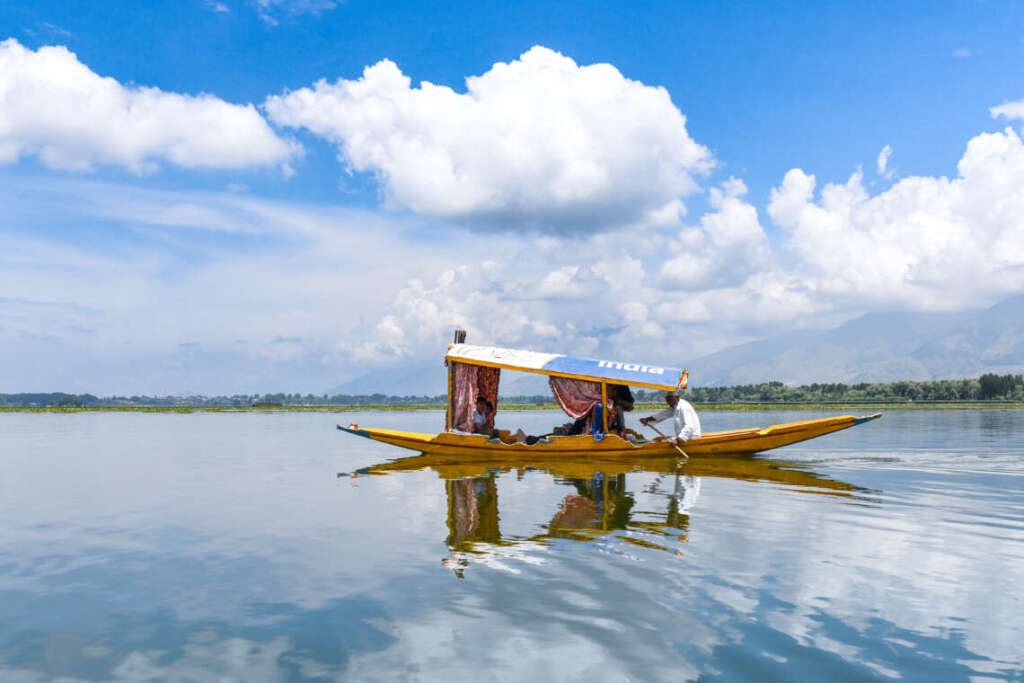
Encouraging Regional Cooperation and Trade
Enhanced connectivity through upgraded roads, railways, and air services has significantly improved regional trade prospects. Jammu and Kashmir’s thriving horticulture and handicrafts sectors are reaching broader markets, benefiting producers across various communities. This increased trade fosters a cooperative economic environment, essential for sustained regional prosperity.
Real-life Success Stories
Behind these impressive statistics lie inspiring stories of individual transformation. Young entrepreneurs in various sectors, including IT and agriculture, have successfully launched start-ups, creating employment opportunities and serving as role models for others. In healthcare and education, stories of communities benefiting from expanded facilities and new opportunities underscore how development initiatives have profoundly impacted lives, particularly in rural areas.
Towards an Inclusive Future
The economic and social initiatives undertaken in Jammu and Kashmir since 2019 are demonstrably improving the lives of millions of its residents. By remaining focused on growth, infrastructure, education, and healthcare, J&K continues on a trajectory that promises inclusive prosperity, stability, and progress. As these developments unfold, the region’s potential as a vibrant economic hub of South Asia becomes increasingly evident, offering valuable lessons and opportunities for broader regional collaboration.
Ultimately, this wave of positive change highlights a common aspiration shared by all communities—peaceful coexistence and collective prosperity.
The writer is the Director General, Centre for Land Warfare Studies (CLAWS), New Delhi


